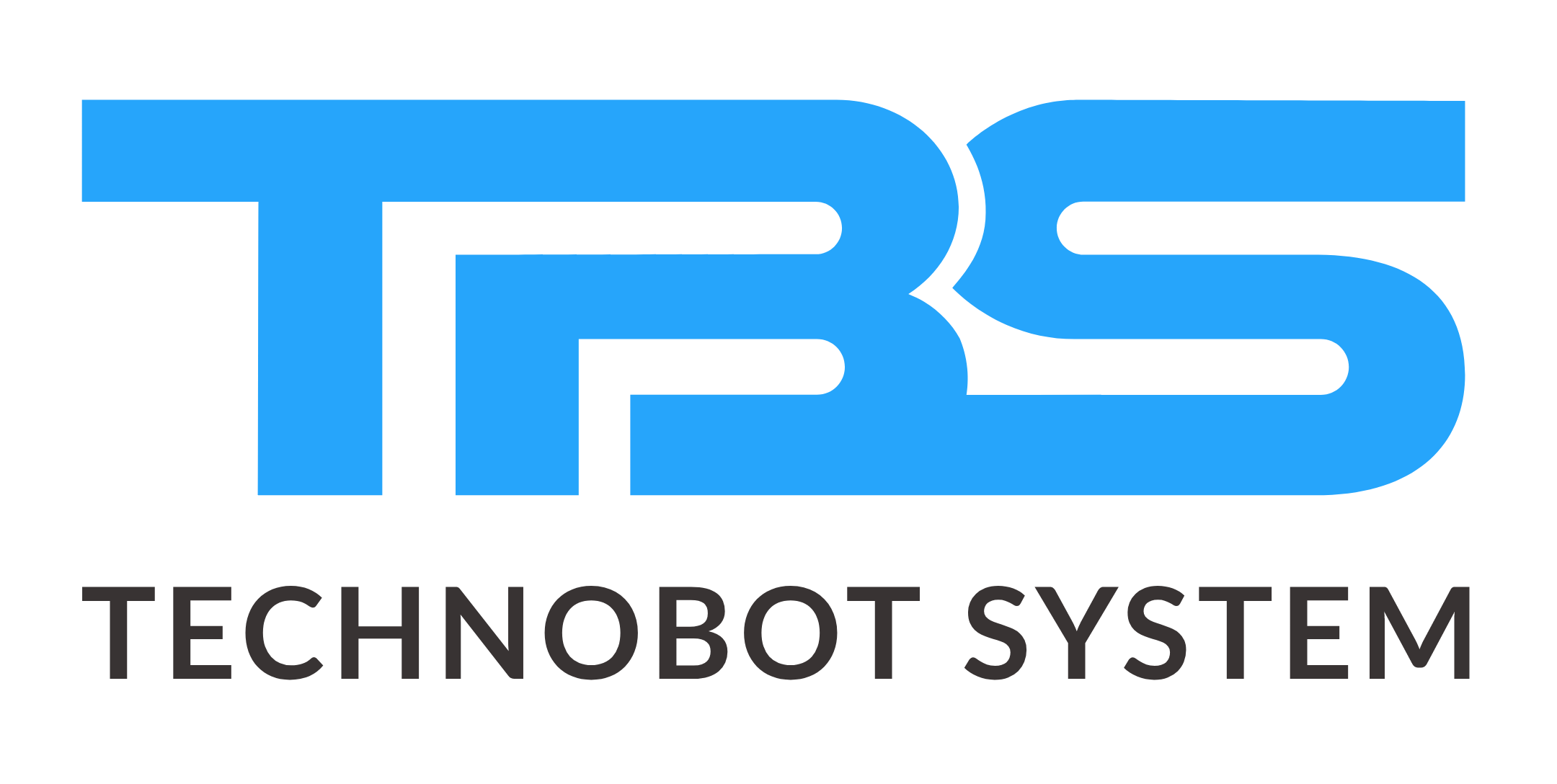In today’s digital world, boosting your SEO is no longer optional — it’s essential. Whether you’re managing a personal blog or a business website, effective SEO strategies can significantly enhance your online visibility, search engine rankings, and ultimately, your revenue.
In this comprehensive guide, we’ll explore the latest SEO techniques, tools, and best practices for 2025. Moreover, we’ll walk you through actionable steps that guarantee measurable results.
📌 Table of Contents
- What is SEO and Why Does It Matter?
- H2: Core Strategies to Boost Your SEO
- H3: On-Page Optimization
- H3: Technical SEO
- H3: Content Marketing & Blogging
- H2: Tools to Elevate Your SEO Game
- H2: Measuring the Success of Your SEO Strategy
- H2: Common SEO Mistakes to Avoid
- Final Thoughts & Recommendations
What is SEO and Why Does It Matter?
Search Engine Optimization (SEO) refers to optimizing your website to appear higher on search engine results pages (SERPs), especially Google. With billions of searches happening every day, ranking on the first page of Google can make or break your online presence.
According to Backlinko, the #1 result in Google’s organic search gets over 27% of all clicks.
Thus, focusing on boosting your SEO allows your website to:
- Gain organic traffic
- Increase brand credibility
- Improve conversion rates
Core Strategies to Boost Your SEO
Let’s dive into the key pillars of an effective SEO strategy.
🟢 On-Page Optimization
On-page SEO is all about optimizing elements within your website. This includes:
🔹 Title Tags & Meta Descriptions
Use your focus keyphrase (e.g., “Boosting Your SEO”) early in your title and meta. Keep them under the character limit — 60 for titles and 155 for descriptions.
🔹 Keyword Usage & Density
Naturally integrate your primary keyword and related synonyms throughout your blog. But avoid keyword stuffing.
🔹 Header Tags (H1–H3)
Structure your blog properly using H1 (only once), H2 for main sections, and H3 for subpoints. It helps both readability and Google indexing.
🔹 Internal Linking
Add links to other relevant pages or blogs on your site.
✅ Example: Check out our guide on Top Programming Languages to Learn in 2025.
🔹 Image Alt Text
Every image should include descriptive alt text with keywords.
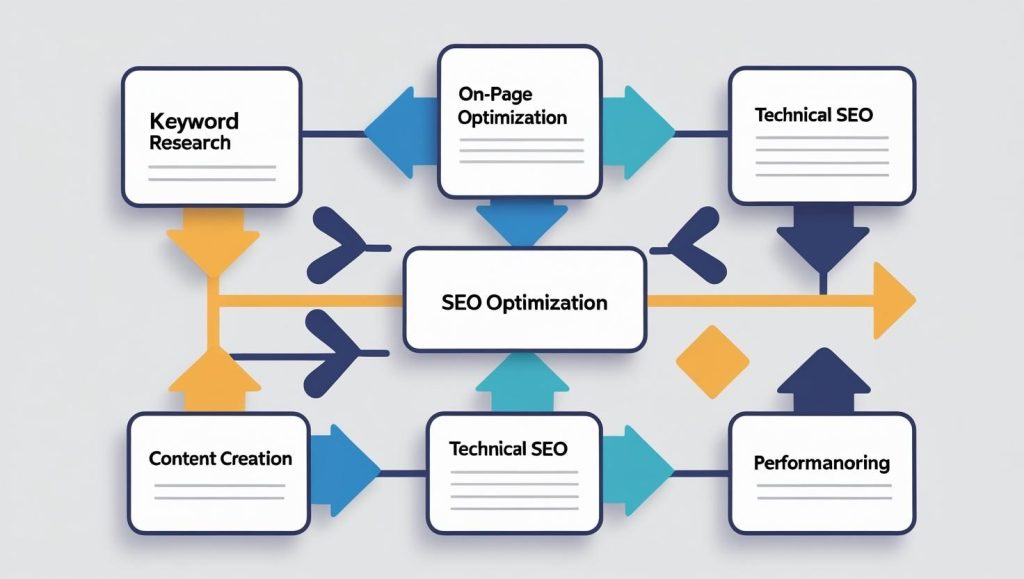
🟢 Technical SEO
If your website loads slowly or is not mobile-friendly, your rankings will suffer.
🔹 Page Speed
Use tools like Google PageSpeed Insights to test and improve performance.
🔹 Mobile Responsiveness
Ensure your site is fully responsive. Google prioritizes mobile-first indexing.
🔹 Structured Data
Add schema markup to make your content easier to understand for search engines.

🟢Content Marketing & Blogging
“Content is king,” and it still reigns supreme in 2025.
🔹 Consistent Publishing
Publish regularly with valuable and original content. Use SEO-driven blog topics.
🔹 Long-Form Content
Blogs above 1,500 words tend to rank higher. But keep them engaging using visuals, bullet points, and CTAs.
🔹 Optimize for Voice Search
Use natural language, questions, and long-tail keywords as voice search continues to grow.
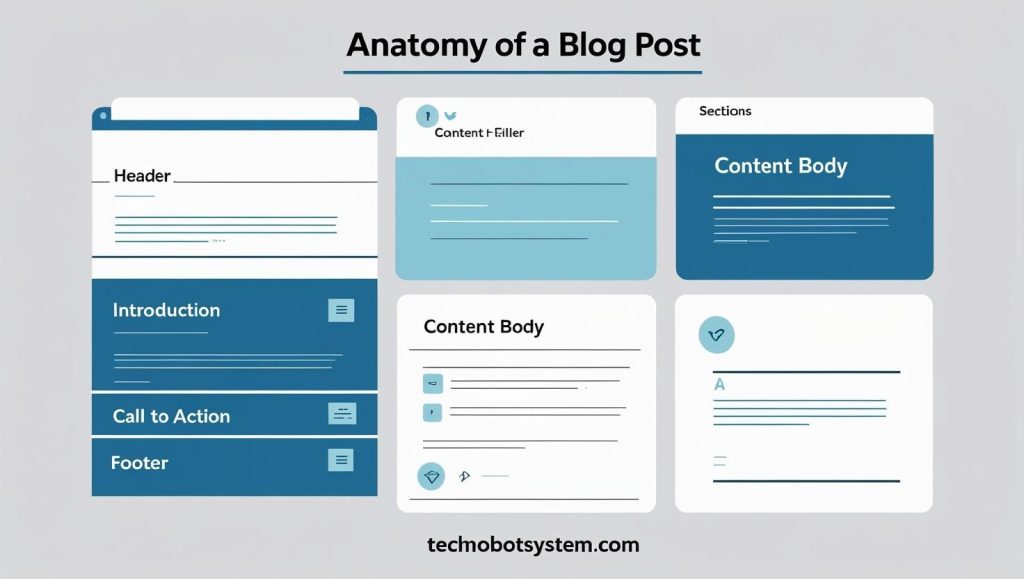
🧰 Tools to Elevate Your SEO Game
Utilize these tools to streamline your SEO efforts:
- Yoast SEO (WordPress plugin)
- SEMrush or Ahrefs for keyword research & competitor analysis
- Google Search Console for performance tracking
- AnswerThePublic for content ideas
- Surfer SEO for content optimization
📈 Measuring the Success of Your SEO Strategy
To ensure your SEO efforts are working:
- Monitor organic traffic via Google Analytics
- Check keyword rankings with Ubersuggest
- Use Google Search Console to monitor page indexing
- Track CTR (Click-Through Rate) and bounce rate
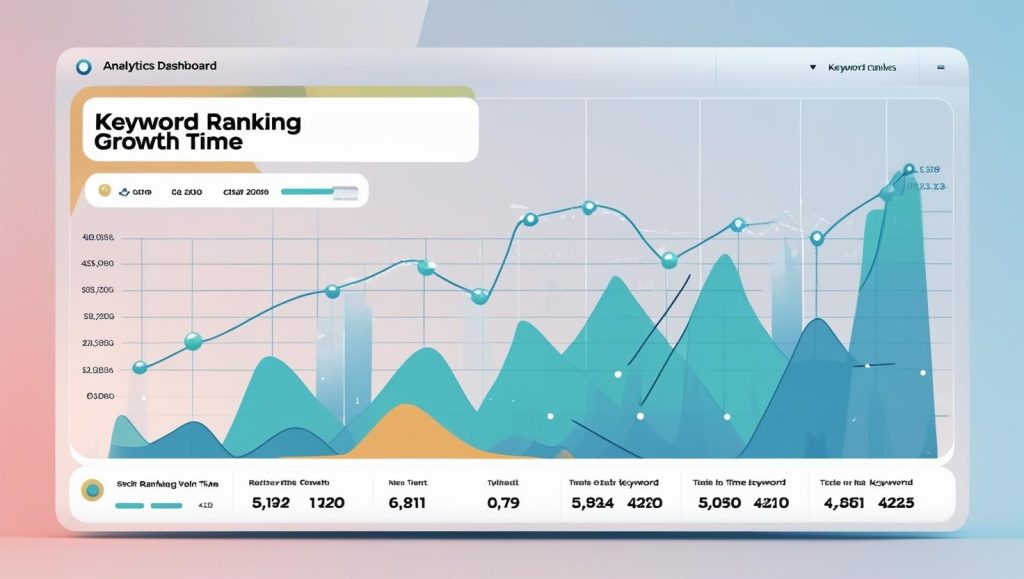
🚫 Common SEO Mistakes to Avoid
Many websites fail to rank due to:
- Duplicate content
- Not using proper header structure
- Ignoring image optimization
- Lack of internal links
- Neglecting mobile experience

Final Thoughts & Recommendations
Boosting your SEO is a long-term investment — not an overnight task. By combining technical improvements, high-quality content, and the right tools, you can climb up the Google ladder and stay ahead of your competitors.
🔗 The Role of Automation in Streamlining Security Patch Management
🔗 Neil Patel’s Complete SEO Guide
